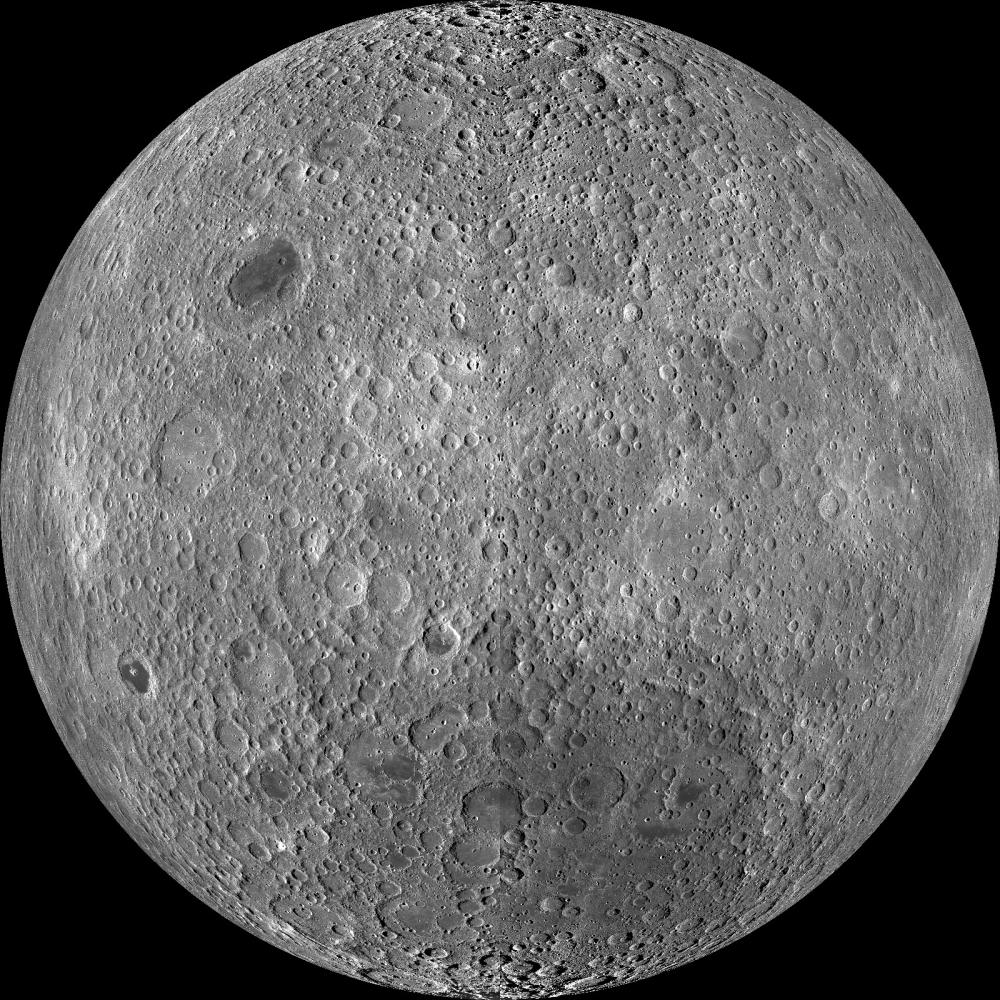
Strange globs of glass collected from the Moon’s surface could hold the key to better, more durable gadgets, spacecraft and scientific equipment, according to a new study.
Although humans have made glass for more than 6000 years, and it’s an incredibly common material in our daily lives, it’s actually one of the weirder materials on Earth, and not entirely understood. While glass might appear to be a solid, it doesn’t really act like one, and its atomic structure more closely resembles a supercooled liquid. Glass can even flow like a liquid, although at room temperature this process is so slow as to be practically nonexistent over the course of an average human lifetime. But that strange atomic structure is also responsible for glass’ major flaw: It can become brittle and structurally unreliable, resulting in cracks.
Some scientists say that the peculiar properties of glass actually make it a fourth state of matter, alongside solids, liquids and gasses, though that’s not a universally accepted conclusion. What is accepted is that glass is a strange material, and that given its ever-increasing ubiquity, understanding it can have a huge impact on how technological equipment is designed in the future.
To get that better understanding, a team of Chinese researchers looked at samples of glass collected from the Moon’s surface by the 2020 Chang’e-5 lunar exploration mission. The glass was formed by micrometeor strikes on the Moon that generated intense heat, melting lunar dust. Because lunar glass can be old —millions, or even billions of years old— studying it can reveal a great deal about the effects of time on glass and the nature of its strange structure.
In their new study, published Wednesday in Science Advances, the researchers took lunar glass samples, heated them them to extreme temperatures, and then rapidly cooled them in a bid to turn back the effects of aging. They then compared the structures of these de-aged pieces to their unaltered counterparts.
They found that in this test, the glass samples’ hardness didn’t change much, but there was a change in what is known as Young’s modulus —a metric that describes how much a material can stretch and deform. In other words, the “older” glass was actually more flexible than the “younger” glass.
The researchers say their findings hold “potential benefits for developing high-performance and stable glassy materials for radiation protection and space explorations,” according to the study.
They might also have you looking at your windows, not just through them.
